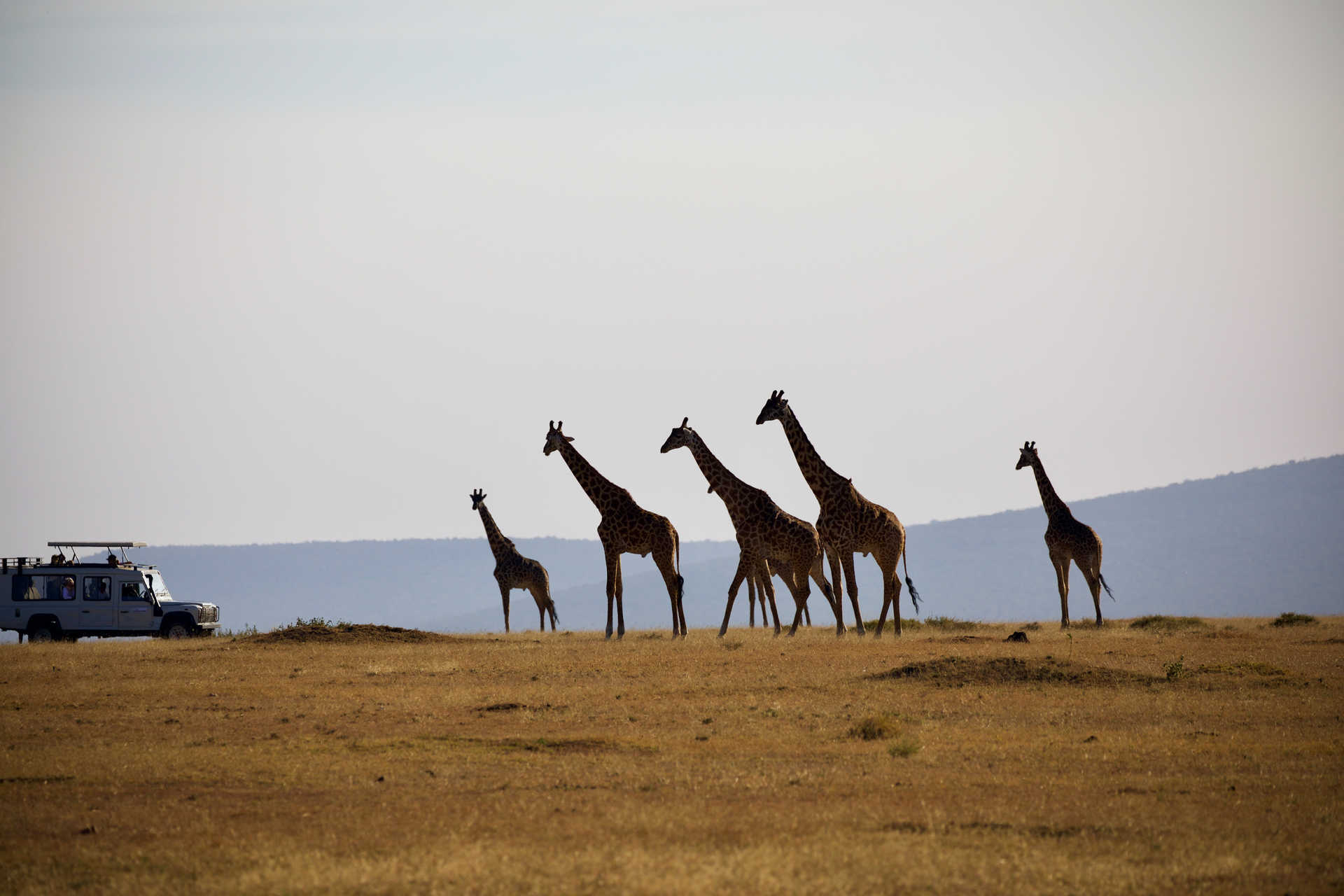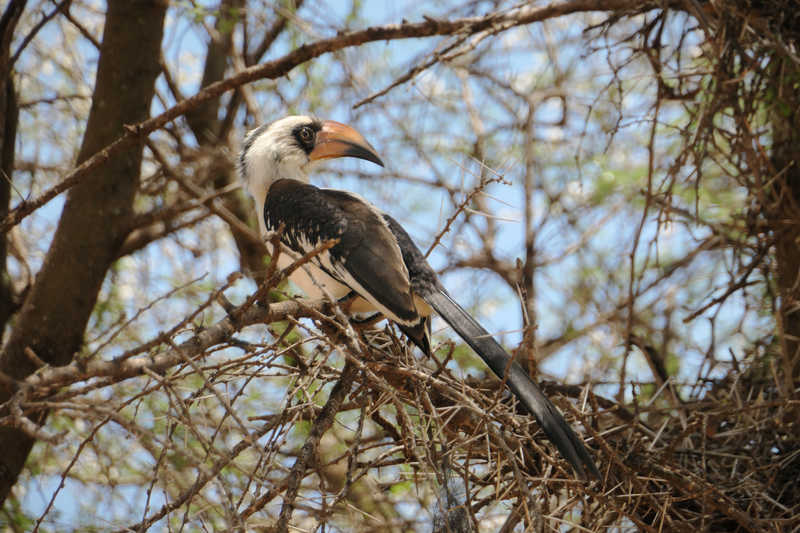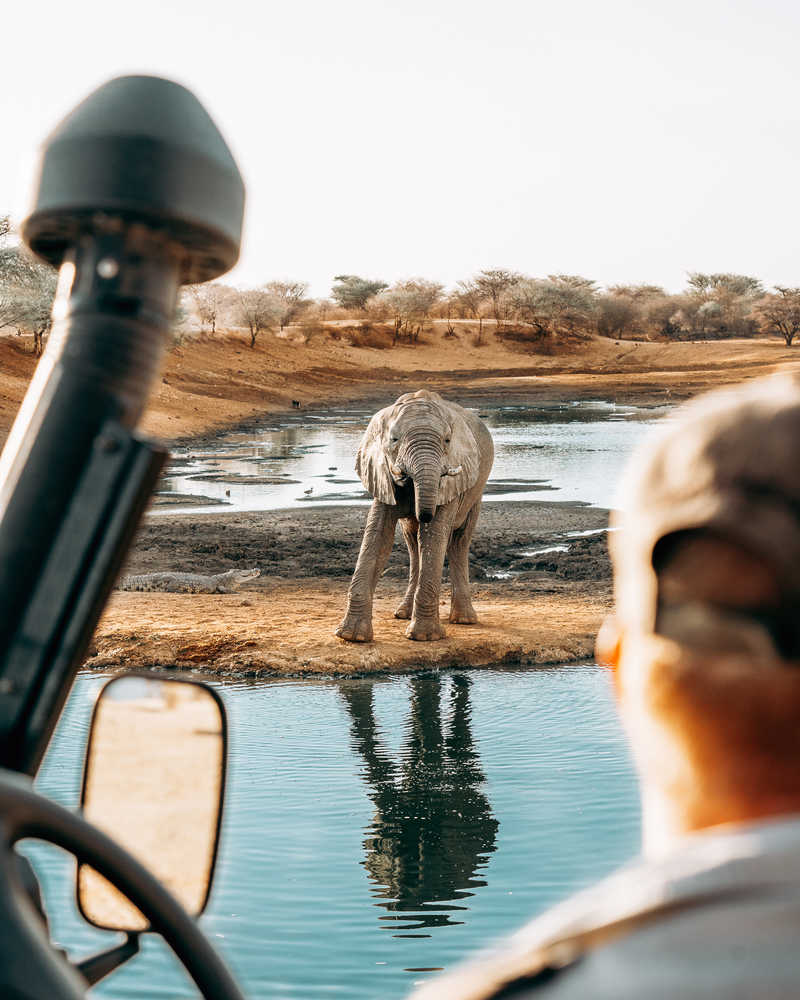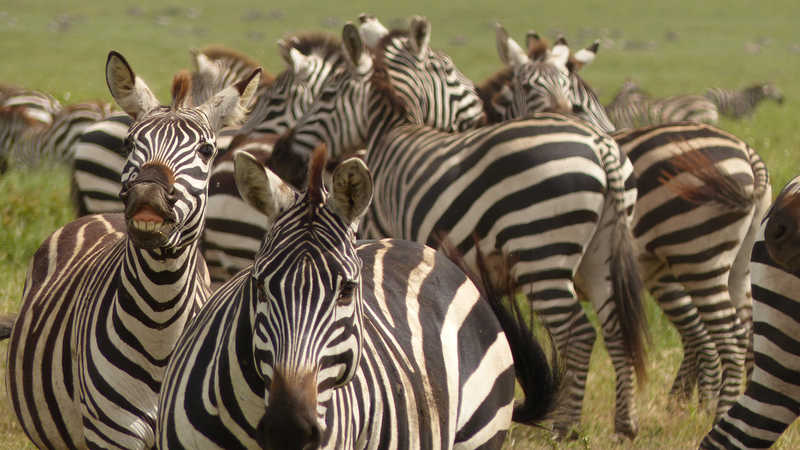Visa
While Tanzania is a Commonwealth country, UK citizens definitely do need a tourist visa to enter. This is also true for citizens of Australia, New Zealand, India, United States, Canada and most EU countries. Citizens of countries not mentioned should contact their nearest embassy or high commission to check visa requirements. Visas usually cost in the neighbourhood of USD50 (around GBP40), but some visas from the US can cost USD100. Tanzanian visas expire three months after they are issued, so be careful not to apply too soon.
Visas can be purchased upon arrival at Kilimanjaro international Airport (IATA code: JRO), but the immigration authority has recently changed the procedure and you can expect long queues, and for the process to take two hours or more. The Tanzanian High Commission has stressed that they have the right to deny visas applied for on arrival. We have never had a report of this happening, but it is a danger best avoided.
For these reasons, we highly recommend that travellers get their visa in advance if at all possible.
It is also now possible to apply for your Tanzania visa online. Please read the Visa Application Guidelines carefully before beginning your application to ensure you apply for the correct type of visa, and that you are planning on entering Tanzania through one of the approved entry points.
Where to obtain a Tanzanian visa
- Any Tanzanian Embassy or High Commission
- The Tanzania Immigration Services website
- Entry points to Tanzania: Any gazetted entry point, including international airports.
- In Dar Es Salaam: The Office of the Director of Immigration Services
- In Zanzibar: The Office of the Principal Immigration Officer
Please be advised that, whilst we make every effort to provide you with accurate and up-to-date information, travel requirements can change quickly and sometimes without notice. We urge you to double check the visa and passport requirements for your trip, consult with an embassy or consulate, or use a reputable visa agency, such as www.thevisacompany.com.
Health
Malaria and Mosquitoes
The entire Kilimanjaro region is the home of malaria-carrying mosquitoes, and you are at risk of contracting malaria at least until you climb above 3000 metres. Above that, mosquitoes can not survive. A bout of malaria can ruin your entire trip and end your climb early, so it is best to protect yourself.
Your doctor can prescribe anti-malarial medications, but we also recommend wearing long sleeves and trousers, as well as using a good mosquito repellent that contains DEET the entire time you are below 3000 metres.
Avoiding diarrhoea
Make sure that your hygiene is as good as possible to avoid picking up a stomach upset. Needless to say, a bout of diarrhoea can make a week-long strenuous ascent unpleasant or even impossible.
On the climb itself, we make sure that your food is pure and uncontaminated, and that all of your water is treated with WaterGuard purification tablets. Before your trek, though, you will have to protect yourself.
Make sure you follow these simple rules at all times:
If you are not absolutely certain water is pure, do not drink it.
Wash your hands thoroughly after using the toilet, and before eating or handling food of any kind.
Do not eat raw vegetables or salads. Cooked, preferably boiled veggies only.
Avoid any cold drinks, and ice of any kind.
Water from sealed bottles is generally fine, as are fizzy drinks, wine and beer. Hot tea and coffee are good, as they have just been boiled.
If you do get diarrhoea, the most important thing you can do is to stay hydrated. The best thing to drink is a rehydration solution like Dioralyte. Read more about dehydration below.
Over the counter medicines like Immodium (or anything containing loperamide) are only for short term, mild diarrhoea. Some doctors recommend taking a single, 500mg dose of Ciprofxin, or any ciprofloxacin antibiotic in an emergency situation. This is a prescription medicine, and you should discuss it with your doctor before your trip.
Preventing dehydration
Even if you avoid diarrhoea, you can easily become dehydrated at high altitudes. The lower air pressure forces you to breathe more quickly and deeply, and you lose a lot of water through your lungs. You will also be exerting yourself, and sweating.
The upshot is, as you might expect, that you will have to drink more water. You need to drink at least 3 litres of fluids every day while climbing. Even when you don't feel thirsty you have to drink this amount as a minimum - preferably more. This is particularly important on the final day when you attempt the summit and could mean the difference between success or failure.
On summit night you should drink at least half a litre (preferably a whole litre) before you set off. We will also supply you with 2 litres of water to fill your own water bottles or hydration bladder. Make sure it does not freeze! Wrapping the bottles in thick socks or otherwise insulating them is usually enough.
Stay on the look-out for signs of dehydration in yourself and your fellow climbers. The most common symptoms include thirst, dry lips, nose or mouth, headache and feeling fatigued or lethargic. If you think you may be dehydrated, there are two ways to tell:
The colour of your urine. Clear or light straw-coloured urine means you are probably not dehydrated. Yellow or orange wee means you have not been drinking enough, and you need to up your fluid intake quickly.
Pinch or press firmly on an area of exposed skin. If it does not spring back instantly, or stays pale and bloodless for more than a second or two, you are probably dehydrated.
Remember to keep drinking on the way down the mountain, as well.
Sunburn and UV Protection
While a high climb is hardly a day at the seaside, you will be vulnerable to sunburn if not properly protected. The thin atmosphere at high altitudes blocks much less UV radiation, even on cloudy days.
The three most important things you can do to avoid sunburn are:
Apply SPF 30 or higher sunscreen to your face, nose and ears at least 30 minutes before going out into the sun, and reapply regularly. High SPF lip balm is also a must.
Wear a wide-brimmed hat that shades your face, nose and ears.
Wear UV-protective sunglasses, category 2-4.
At higher altitudes the sun's rays are intensified and even on a cloudy day they can penetrate through and still burn you. And do not forget that the sun is at its strongest between 10:00-14:00 hours each day.
Eating well
Many climbers experience loss of appetite at high altitudes. This is a real problem, as you will be burning an extra 2000 or more calories a day, and not replacing them can cause real problems, especially when you attempt the summit.
Just like staying hydrated, you have to eat heartily even if you are not hungry. Meals heavy in carbohydrates are best, because they are easier to digest at high altitudes and provide long-term energy.
The summit ascent is different. You will not have a big, heavy meal which might slow you down on the most intensive part of the climb, but rather a light snack and a hot drink. It is important to keep plenty of small snacks with you on this leg, as you will have to keep your energy levels high. Also, make sure they do not freeze – so keep them in pockets underneath your jacket, or in an insulated bag like your daypack.
Summit snacks should be chosen carefully. Take a favourite treat to make it easier to eat when you do not feel hungry, but avoid anything with honey or syrup, or anything chewy as they are likely to freeze tooth-crackingly solid above 5000 metres. Chocolate, nuts and seeds, biscuits, savoury snacks and boiled sweets are generally better choices.
Body temperature
Every mountain has its own climate, and Kilimanjaro has several different weather zones at different heights and on different faces of the mountain. Conditions change quickly, and you will be moving between zones as well. A hot and dry day can be followed immediately by snow or rain. Wearing a layered outfit is generally the wisest way to make sure you stay healthy and reasonably comfortable in all conditions.
Above all, make sure to wear warm, wind-and water-proof, breathable clothing on your climb. Get high quality gear too, as this is definitely the real thing. Storms, high winds and freezing temperatures must be expected, and poor quality equipment will fail.
Altitude Sickness
Altitude sickness, also called Acute Mountain Sickness (AMS), hypobaropathy and soroche, is an illness caused by exposure to the low air pressure, especially low partial pressure of oxygen, which many climbers experience at high altitudes.
AMS is caused by exerting yourself at high altitudes, especially if you have not been properly acclimatised. It is most common at altitudes above 2400 metres. Kilimanjaro is nearly 6000m above sea level. At this height, the air pressure (and the amount of oxygen it contains) is less than half that at sea level, and has been said to be comparable to working with only one lung.
AMS can be serious, especially as it can be debilitating, and it generally occurs far from places where medical treatment can be easily administered.
Not everyone suffers from AMS, of course, and it is very difficult to predict who is or is not vulnerable to it. Generally speaking, a fit person is less vulnerable than an unfit person, because their cardiovascular system can operate at low pressures longer without as much strain. Even so, anyone can be vulnerable at altitudes above 3500 metres, no matter their fitness level, if they have not spent some time getting used to the low atmospheric pressures first.
Avoiding Altitude Sickness
1. Walk high, sleep low. It is best to gradually climb higher each day, then descend lower to sleep. This lets you gradually become accustomed to lower pressures, and then recover somewhat overnight.
2. Slow and steady. You need to keep your respiration rate low enough to maintain a normal conversation. If you are panting or breathing hard, you must slow down. Overworking your heart and lungs substantially increases your chance of becoming ill.
3. Drink much more water than you think you need. Proper hydration helps acclimatisation dramatically. You need to drink at least three litres each day. As dehydration presents many of the same symptoms as altitude sickness, your chances of being allowed to continue are best if you stay hydrated.
4. Diamox. The general consensus of the research is that Diamox is helpful in avoiding AMS. We use it when climbing Kilimanjaro. We recommend you google Diamox and its effects yourself. It is a prescription drug, and you should consult with your doctor before taking it.






